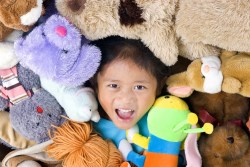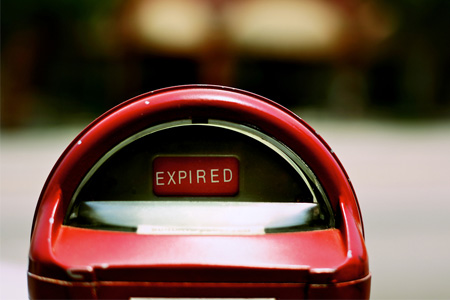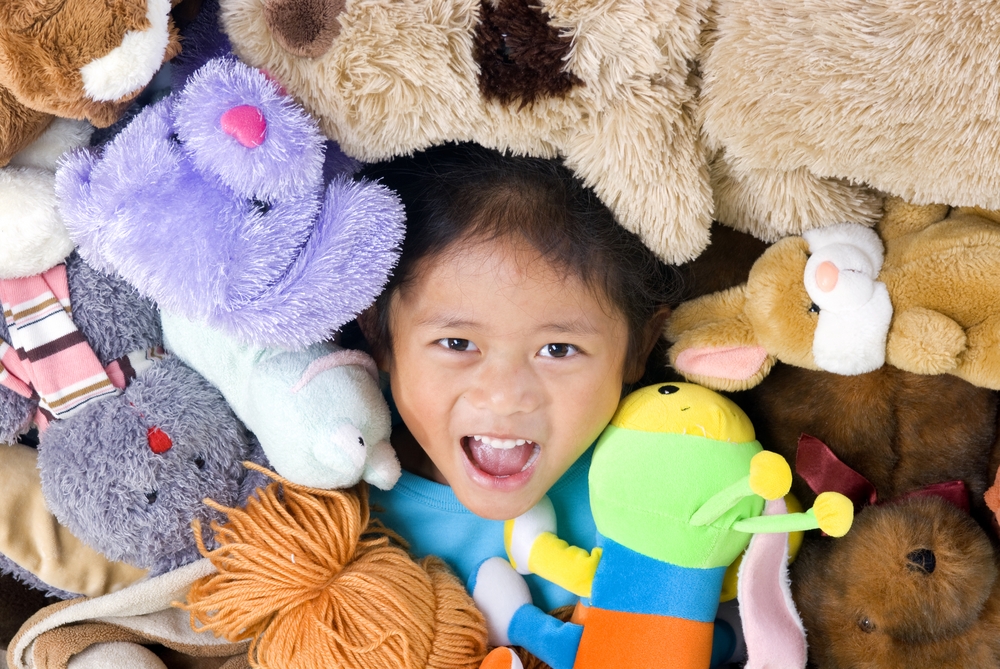Send your question to Umbra!
Q. Dear Umbra,
What do I do with a million unwanted stuffed animals? My kids have amassed a monstrous menagerie of “stuffies,” as they call them. During a recent move, my wife and I managed to stealth away about a quarter of the 125 creatures. But now what? Goodwill doesn’t take stuffed animals. I hate to throw them away, but for the sake of my own sanity and local health codes, they have to go. To quote a Bear of Very Little Brain, “Oh, help!”
Greg
Seattle, Wash.

Photo by Shutterstock.
A. Dearest Greg,
Before we dig into the seamy underbelly of stuffed animal disposal, I must point out that the key to reducing waste is reducing consumption in the first place — though I’m sure you didn’t buy each of the 125 stuffies littering your home. I remember presenting a small stuffed souvenir to a young family member whose mother looked at me, aghast: “I thought you, of all people, would understand.” Cuddly creatures do have a way of piling up — in our homes and in our landfills.
In fact, it’s astonishing how much stuff kids have (if you haven’t seen these remarkable photos of kids with their possessions, take a peek). Americans spent $22 billion on toys and games [PDF] in 2010. Now I’m no scrooge, but imagine what else we could do with $22 billion. Let’s all be thoughtful about what we buy.
But back to your question. Your furry friends are, in recycling parlance, textiles. Americans tossed an estimated 13.1 million tons of textiles in 2010, according to the EPA. Roughly 15 percent of that was recycled — no great shakes compared to the 63 percent recycling rate of paper, but according to the good folks at the Secondary Materials and Recycled Textiles Assocation (SMART), textile recycling is gaining steam.
“All clothing and textiles are recyclable as long as they are clean and dry,” says Paul Bailey, SMART spokesperson. “Even items that are ripped or torn, stained, or missing buttons.” (You hear that, Corduroy?)
So here are my ideas for your bears:
- Recycle them. The first curbside textile-recycling programs have just launched in Arizona and Pennsylvania, and municipal drop-off programs are up and running in Vermont, Maryland, and other states. In fact, your very own King County has a few drop-off locations that take stuffed animals — can you make it to one of those?
- Donate them to kids in need. Check with your local fire and police stations, hospitals, and even animal rescue organizations — many will gladly take stuffed animals in good condition. There are also organizations that exist to collect the comforting critters for kids who have been through natural disasters, war, or other traumas, such as Stuffed Animals For Emergencies, Inc. (which has a Seattle chapter), Loving Hugs, and Project Night Night. As a special bonus, you can help your kids understand how lucky they presumably are.
- Freecycle them. One kid’s trash is another kid’s treasure, and all that.
- Stick them in a collection bin. You’re right that Goodwill will likely not want to sell your donations at its retail stores, due to concerns about hygiene and quality. But organizations of that ilk sell many of their excess goods to the textile market, which turns them into fibers used in insulation and other products. SMART says most clothing collection bins would be OK places to leave your stuffies, unless the signage says otherwise (choose a box owned by a reputable organization).
- Get crafty! Would your kids be excited to see their furry friends reimagined as a backpack, scarf, doorstop, or stuffed animal chair? If so, you have your work cut out for you.
By the way, I’m sure you know we live in a land of toxic toys. Conventional stuffed animals are made of resource-intensive plastic — polyester, acrylic, and rayon — and some are treated with flame retardants. So if you find yourself in the market once again, you could check out alternatives made from materials such as recycled plastic bottles or organic cotton — oh look, even the bear of very little brain has gone green!
Cuddly,
Umbra




